Hellow. I just want to take a simple pointcloudxyz and transform it into a polygon. it will be 2D so the z value will always be zero. Has anyone got a simple example of tutorial I can follow?
Question
Simple way to convert pointcloudxyz from a series of points to a polygon
This post is closed to further activity.
It may be an old question, an answered question, an implemented idea, or a notification-only post.
Please check post dates before relying on any information in a question or answer.
For follow-up or related questions, please post a new question or idea.
If there is a genuine update to be made, please contact us and request that the post is reopened.
It may be an old question, an answered question, an implemented idea, or a notification-only post.
Please check post dates before relying on any information in a question or answer.
For follow-up or related questions, please post a new question or idea.
If there is a genuine update to be made, please contact us and request that the post is reopened.

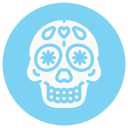
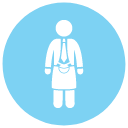
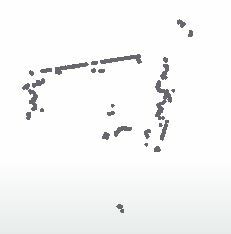 at the moment I use Hullreplacer which actually gives too smooth a result
at the moment I use Hullreplacer which actually gives too smooth a result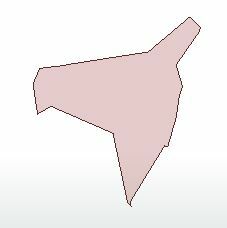 Can you help?
Can you help?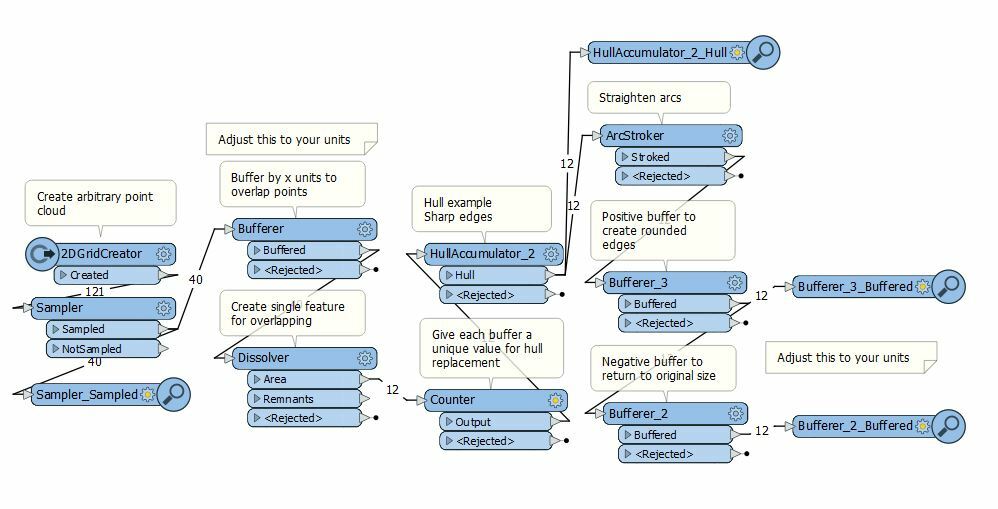 Points with a buffer end up with ragged edges
Points with a buffer end up with ragged edges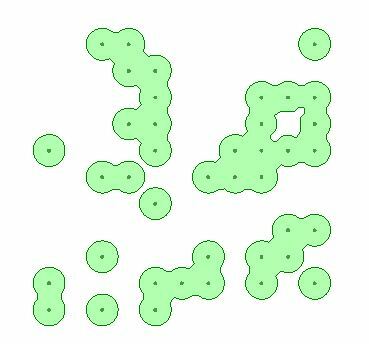

 The buffer lines are quite thick though? How do I make them more like just lines connecting the dots of the original point cloud? Image below:
The buffer lines are quite thick though? How do I make them more like just lines connecting the dots of the original point cloud? Image below:

